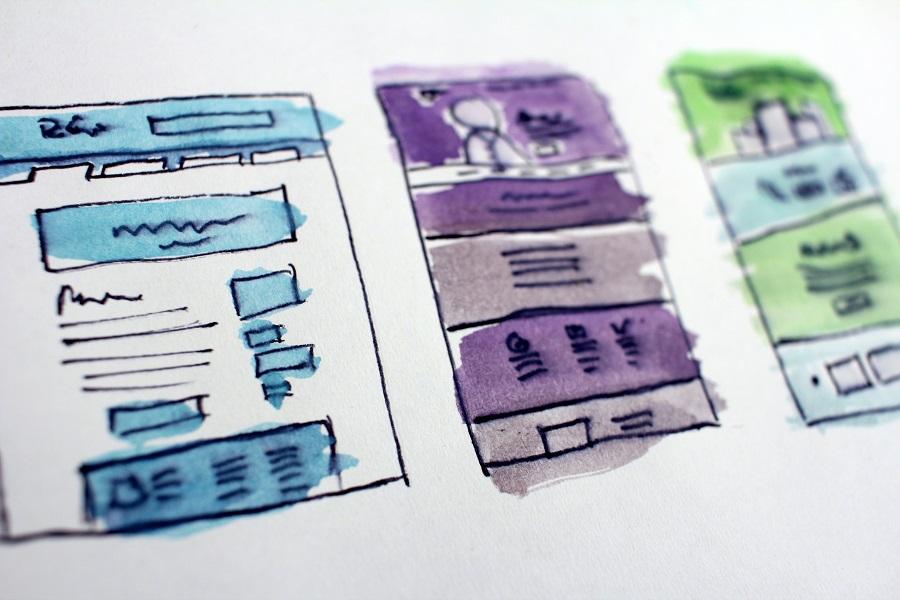By Sophia Machaira,
The design of any area or website must always strike a balance between accessibility and aesthetics. For starters, accessibility is necessary to ensure that all individuals can navigate and interact within the physical or digital space, regardless of their abilities. On the other hand, aesthetics can make a visually appealing environment. This topic is often presented as a fight for dominance of one over the other. Let us examine the root of the issue.
There is a common misconception that in order to fulfill the goal of having a usable space for all, the aesthetic appeal must lessen. However, how true is this statement? If, for example, an area has a sign which is not readable by those with visual impairment then it is most likely tiring to look at or it can only be viewed perfectly only from a specific distance. Usability in no way limits artistic expression but rather, stylistic errors. The best way to approach this issue is by having a cohesive plan that follows all the accessibility guidelines from the get-go instead of redesigning it upon the users’ demand. Let us not forget that what is usable by everyone is also very convenient for the majority. For example: ramps, touch stickers, etc. Plus, what some call: “meeting the needs of the minority” refers to not only people with disabilities but the older population too, which is a significant percentage.
Every company wishes to call itself diverse and accessible but often fails. Why? Well, mainly because disability is viewed as a scapegoat to trick customers that the company takes social responsibility. Their most common mistake is to not test the space using assistive technologies. This is vital for websites. Hence, alternative text to images, high enough contrast, and unambiguous language need to be used. Intrusive advertising tends to purposefully avoid them for extra profit (i.e., Every “x” button that is too small to click on, every emphasis on discounts with smaller fonts for the actual price). In physical areas, this includes proper cleaning and maintenance, especially of escalators and elevators. Then, the result is more satisfactory to everyone, and the users truly build trust with the brand.

By no means is it implied that the government should not pay equal attention to these factors. The misinformation and misrepresentation of disability can be limited and there can also be a positive psychological impact on the masses if there is attention to detail in the public sector. How? By showing that taking accessibility into account is not an impossible or restraining task. If anything, it is a sign of respect towards other people instead of pity. It helps challenge stereotypes by creating safe spaces for all individuals and educating them using inclusive language, encouraging them to show love and listen. Not to mention that accessible areas aid in minimizing confusion and frustration. Once done right, school bullying will also decrease notably and make way for future adults with higher self-esteem. Such betterments would remind people with disabilities that they should not view themselves as outcasts, their existence is not a burden, and they can participate with equity.
The false paradox between aesthetics and accessibility stems from viewing disability as a hindrance, as something to be tired and upset about. Whereas designing is all about solving problems and finding the best possible solution to the task at hand. A welcoming space is a well-made and well-kept space that provides basic necessities. In conclusion, inclusivity, when done right, serves as a reminder to treat people humanly, with kindness, understanding, and respect. Now that is the most appealing message to take away from this piece!
References
- Accessibility vs. Aesthetics: Striking the Right Balance, linkedin.com. Available here
- The Aesthetic-Accessibility Paradox, uxmovement.com. Available here
- The false paradox — accessibility and aesthetics, uxdesign.cc. Available here




